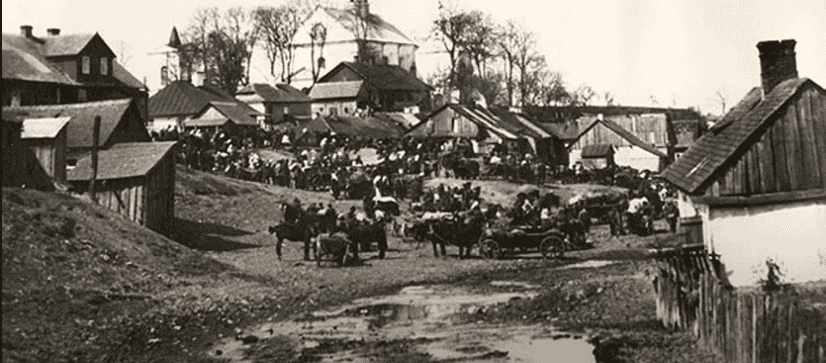Home » The 19th and early 20th centuries

In 1807, Hrubieszow was incorporated into the Duchy of Warsaw, a Polish state founded by Napoleon Bonaparte in 1807 on Polish land taken from the Kingdom of Prussia. Following Napoleon’s failed invasion of Russia and Napoleon’s demise, the duchy was conquered in 1813 and handed over to Russia. From 1815 until the outbreak of World War I, it lay within the borders of the Congress Kingdom of Poland, which was ruled by the Russian Czar.
During the 19th century and the first decade of the 20th century, commerce and industry developed rapidly in the city, and its population dramatically increased. In 1800, Polish nobleman Stanislaw Staszyk purchased land in the city, and in 1816, he founded the Agricultural Association, Europe’s first cooperative. Hrubieszow became a thriving commercial center and one of region’s food and agricultural hubs. By the first half of the 19th century, it had become the second largest hub in the province of Lublin, eclipsed only by the city of Lublin itself.
The city had factories producing beverages, honey, oil and vinegar, as well as mills that ran on steam and hydropower. It had a post and telegraph office, four schools, a hospital, and a sewer system, and a textile industry emerged in the town. Textile shops, run mainly by Jews, operated in the city center. The Christian population worked mainly in agriculture, though there were a number of shops and workshops owned and managed by Christians, as well.
By the end of the century, the city had two markets – an old one and a new one – and three hospitals, including the Hrubieszow Jewish Hospital, established in 1884, along with a pharmacy that was opened nearby. By the turn of the century, the city’s population stood at 9,813, of which 5,341 (54.%) were Jews.